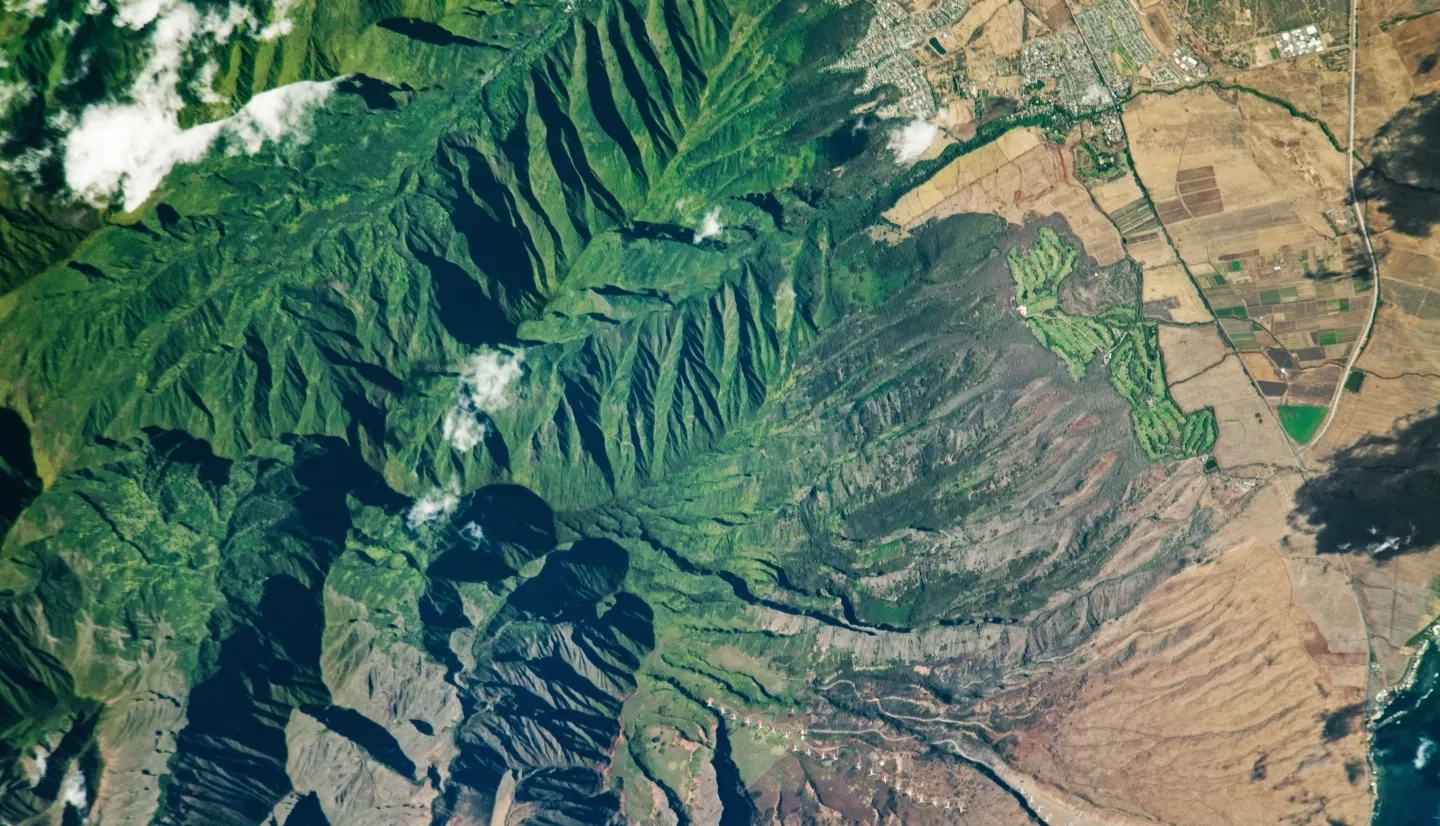Helping Communities Adapt to Climate Change
Climate change currently impacts every community across the globe, all in different ways. The worldwide rise in the Earth’s temperature and changes in precipitation affect how communities manage their infrastructure and prioritize planning. Remote sensing data can help them plan for these changes and build more resilient communities.
The Climate & Resilience program area uses Earth observations to help communities adapt to our changing climate and inform public and private sector decision-making. NASA’s more than 60 years of Earth science data shows how the Earth’s climate is transforming over time, and thus our challenge is two-fold: How much will Earth's climate change — and how can humans cope with these changes?
Those answers depend on the actions that decision-makers take today and in the coming years. Our program provides them with the data and models they need to reduce climate risks, focusing on integrated human and natural systems.
Satellites and other space-based instruments can provide regional and global context that are unique from other data sources, and we will explore how our data can best serve communities' needs.
Our Focus
Assessing Risks
Climate change is a complex issue because it affects — and is affected by — many things. Invasive species, the conversion of forests to agricultural fields and rising sea levels are a few examples. We take a systems-level approach to assessing climate change and its risks. This means looking at a community’s environment as a whole rather than piece by piece.
Building Resilience
As the planet gets hotter, wetter or drier, every community will feel the impacts of climate change. These impacts will look different from place to place. One community may face more extreme storms, while others battle record-breaking heat or increased flooding. Building climate resilience helps communities adapt to the changes they face.
Resilience speaks to a system's ability to absorb and recover from changes. Taking this approach helps mitigate and prepare for climate change. To build resilience in communities, we must first understand their risks and vulnerabilities. NASA Earth observations provide insights into natural and human-caused risks. They also help us understand how vulnerable a given community is to those risks.
By tracking and understanding risks and vulnerabilities, we help inform decision-makers on how best to respond to them. This means fewer supply chain disruptions, more equitable social safety nets, better food security and more.
